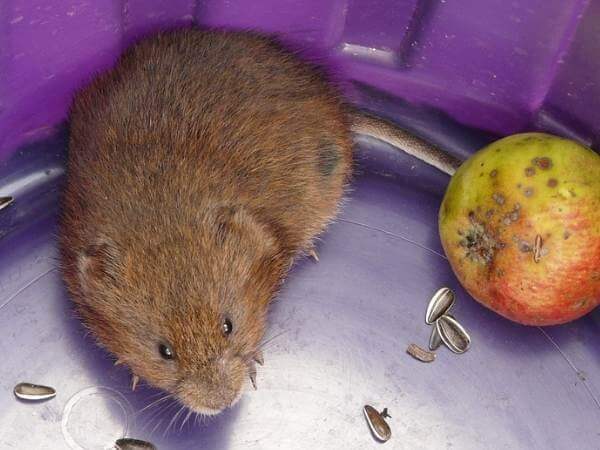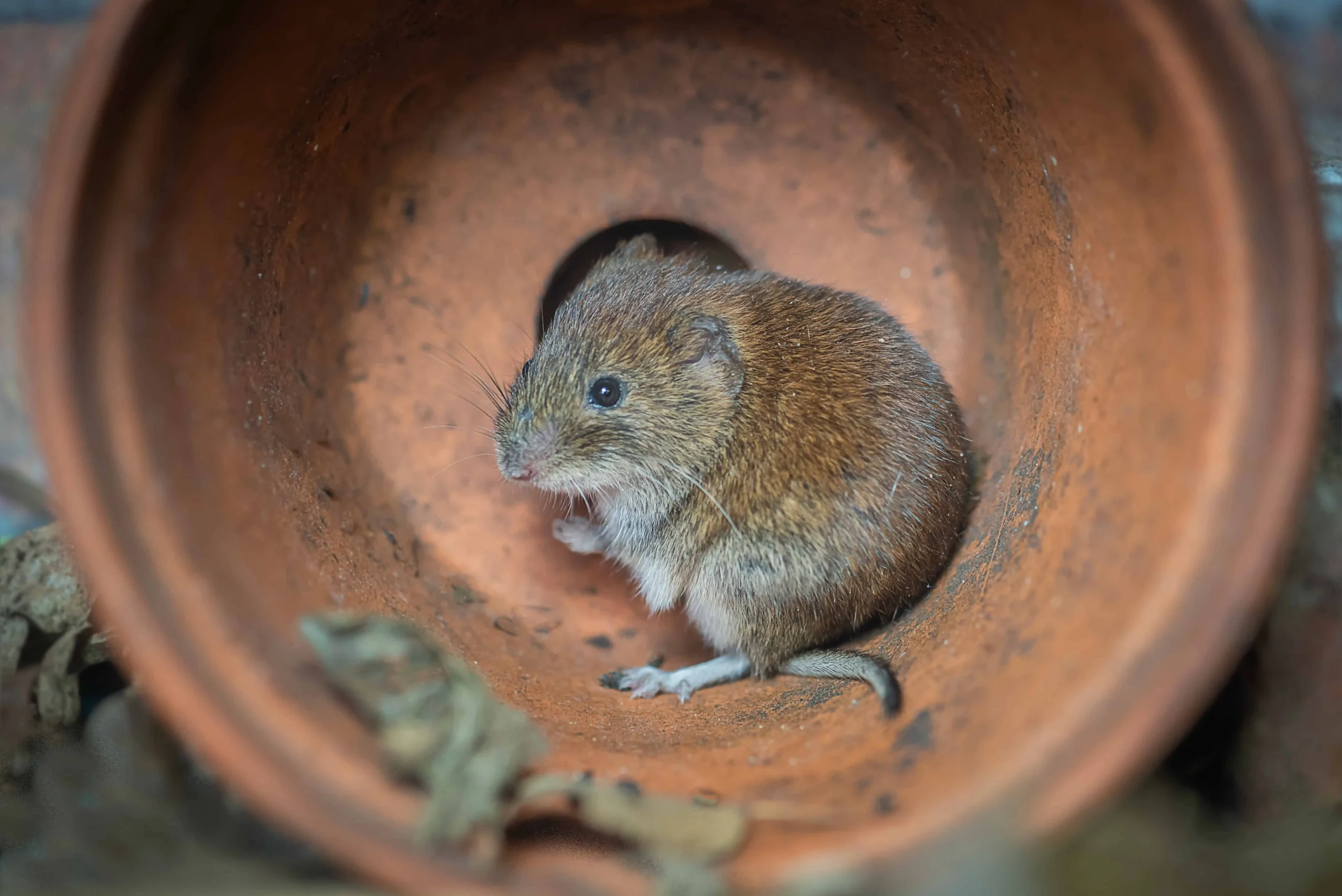Comprehensive Guide to Efficient Vole Bug Control: Invasion Recognition and Therapy Techniques
In the realm of effective bug control, vole invasions pose a distinct challenge that demands a tactical method. By discovering the nuances of vole habits, recognizing key signs of invasion, and assessing an array of control choices, one can create a comprehensive strategy to fight these elusive parasites.
Understanding Vole Behavior
Vole actions is characterized by their burrowing practices and rapid reproduction prices, making them a challenging insect to control successfully. These tiny rodents commonly produce elaborate tunnel systems underground, using them for sanctuary, food storage space, and transportation. Voles are herbivores, eating a variety of plants, grasses, roots, and bulbs, which can create substantial damage to gardens, orchards, and lawns. Their fast reproductive price additional complicates control initiatives, with ladies efficient in generating several litters in a solitary year, each containing a number of spawn.
Comprehending vole actions is critical for effective pest control techniques. By recognizing their burrow areas, keeping track of feeding areas, and executing targeted control techniques, such as trapping or habitat alteration, vole invasions can be managed efficiently.
Indicators of Vole Problem

Prevention Methods
Implementing effective prevention approaches is crucial in decreasing vole infestations and securing vegetation from their destructive feeding behaviors. To prevent vole invasions, it is crucial to begin by getting rid of possible food sources and shelter.
Routinely inspecting the residential or commercial property for signs of vole task, such as runways and delve openings, is important for early discovery and punctual activity. Think about utilizing repellents or traps tactically put near their pathways if vole task is suspected. Employing natural killers like owls or serpents can also help keep vole populaces in check. By implementing a combination of these prevention homeowners, gardeners and strategies can efficiently safeguard their plants from vole damages.
Non-Lethal Control Techniques
To efficiently manage vole populaces while prioritizing gentle approaches, non-lethal control techniques provide sensible services for lowering vole damages my website in landscapes and yards. One effective approach is using physical obstacles such as hardware towel or wire mesh to shield vulnerable plants. These barriers can be hidden a minimum of 12 inches deep and curved at a 90-degree angle to stop voles from delving below. Furthermore, environment alteration can hinder voles by minimizing their favored food sources and hiding spots. Keeping a well-mowed lawn, eliminating particles, and keeping greenery trimmed can make the atmosphere much less enticing to voles.

Lethal Control Options
One reliable technique for dealing with vole problems in landscapes and gardens entails the calculated use lethal control choices. When faced with an extreme vole infestation that non-lethal techniques have actually stopped working to include, applying lethal control steps becomes essential. One generally used dangerous control option is making use of snap traps. These traps are created to that site quickly and humanely eliminate voles upon activation, making them a preferred selection for several garden enthusiasts and landscapers. To enhance the efficiency of breeze catches, it is suggested to position them in locations where vole task is high, such as along paths or near burrow entrances. An additional lethal control choice is the use of poisonous baits particularly developed to target voles. These baits consist of toxin that is ingested by the voles, resulting in their eventual demise. Caution must be worked out when making use of harmful baits to prevent harm to non-target pets or animals. Overall, when using deadly control options, it is necessary to do so properly and based on local regulations to effectively handle vole infestations.
Final Thought
Finally, reliable vole pest control needs a detailed understanding of vole behavior, identification of indicators of infestation, implementation of avoidance approaches, and utilization of both non-lethal and dangerous control techniques. By combining these strategies, individuals can successfully take care of vole populaces and protect their residential property navigate to this site from damages. It is important to deal with vole problems immediately to avoid further issues and lessen the effect on the surrounding atmosphere.
Offered the complex passage systems and rapid recreation rates characteristic of voles, identifying the indicators of vole infestation becomes necessary in effective pest control. One of the key indications of vole presence is the visibility of surface paths or routes in grass or snow, generally concerning 1-2 inches vast, developed as voles take a trip in between their burrows and food sources.To successfully handle vole populations while prioritizing humane methods, non-lethal control techniques provide sensible solutions for lowering vole damages in landscapes and gardens.One reliable approach for resolving vole invasions in gardens and landscapes includes the tactical usage of deadly control options. vole lawn damage.In conclusion, efficient vole bug control needs a comprehensive understanding of vole behavior, recognition of signs of infestation, execution of avoidance techniques, and application of both non-lethal and lethal control techniques